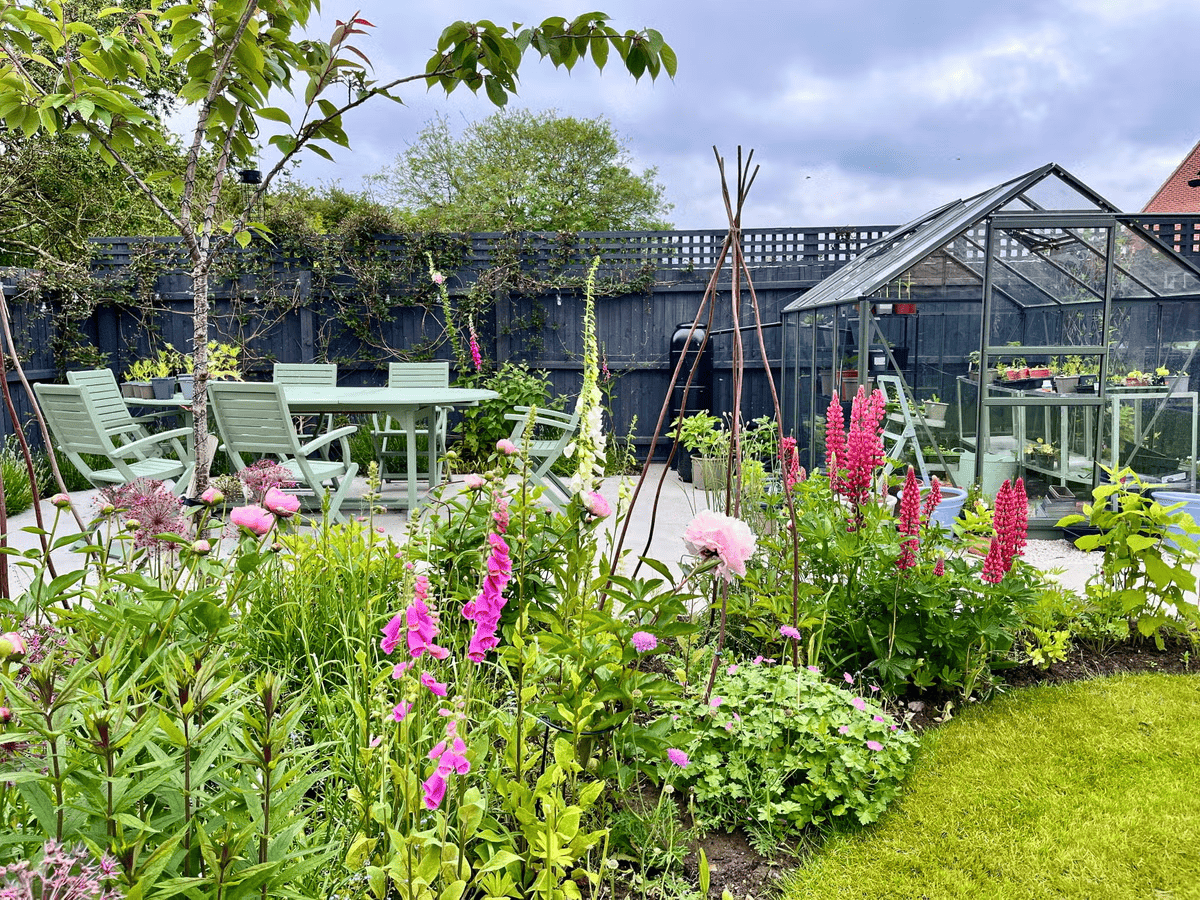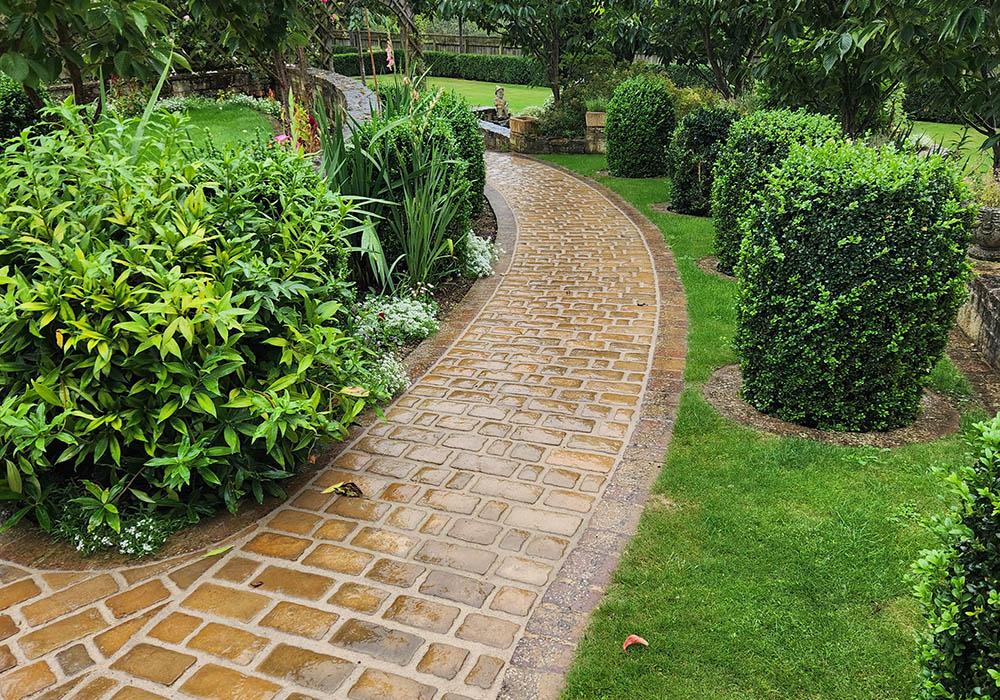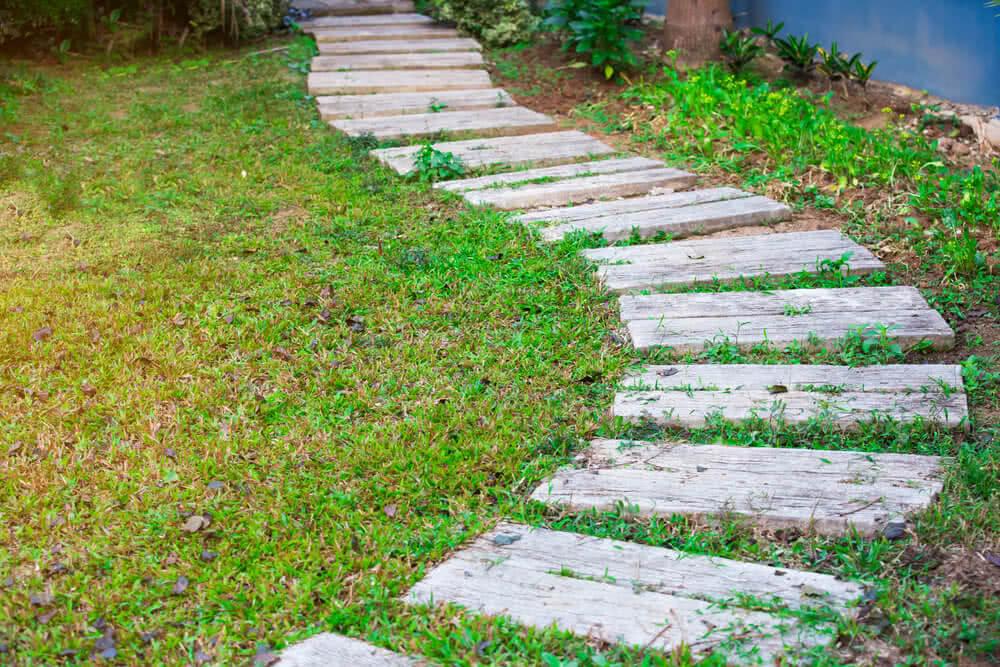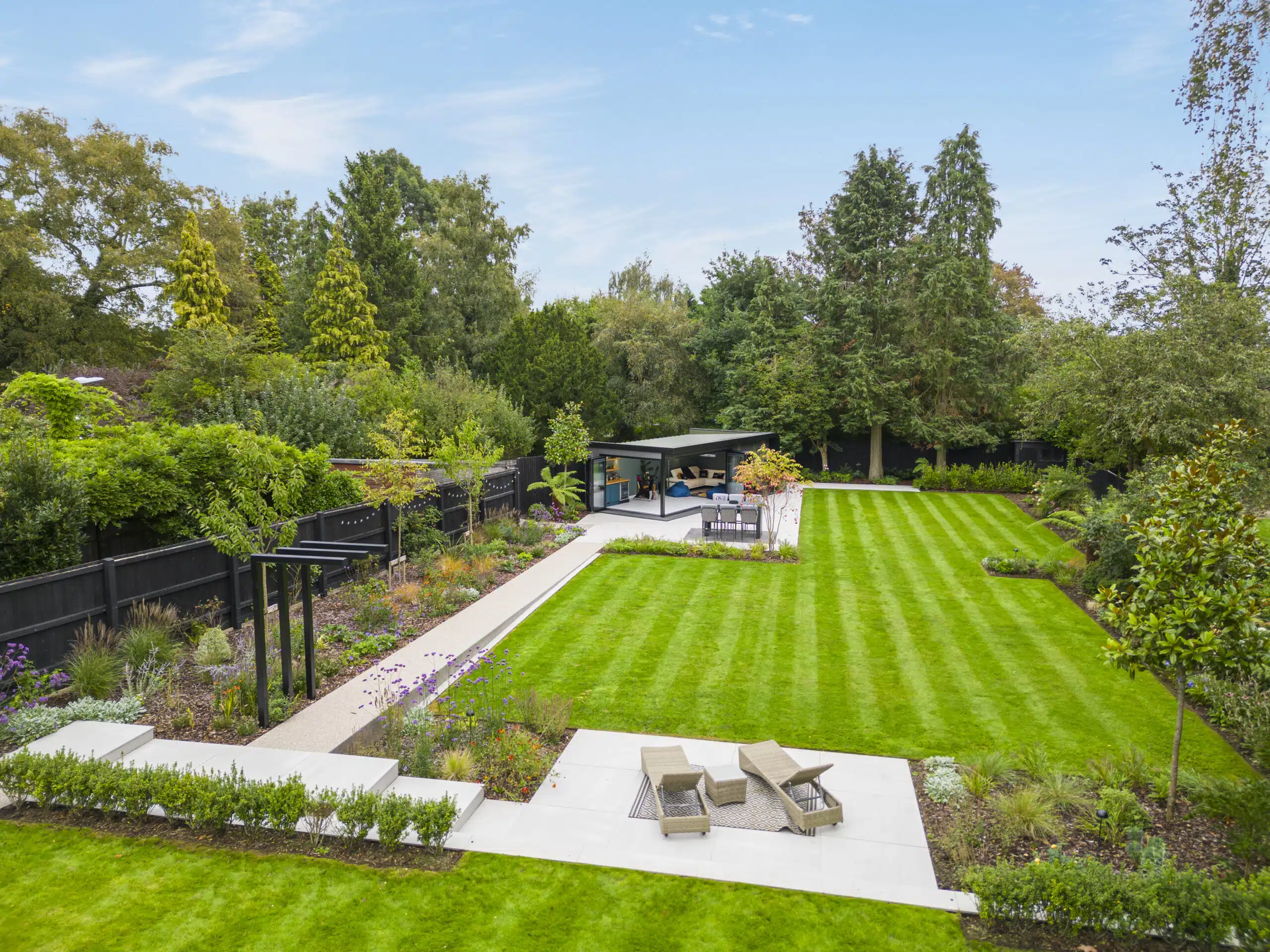
Paving the Way to Paradise: Creative Ideas for Garden Paths & Patios
Paving the Way to Paradise: Creative Ideas for Garden Paths & Patios
Ancient gardens weren't just about plants; pathways were integral to their structure and experience. From the grand Roman villas to intricate Japanese Zen gardens, paths guided visitors, revealed vistas, and created a sense of journey. This historical context underscores the enduring importance of thoughtful design in outdoor spaces, shaping how we interact with and perceive our natural surroundings.
Initially, pathways served purely utilitarian purposes: preventing erosion, providing stable footing, and separating planting beds. Over centuries, their role evolved dramatically. Designers began experimenting with diverse materials and patterns, transforming mere walkways into artistic elements that significantly contribute to the overall garden aesthetic and atmosphere, elevating functionality to artistry.
The study of landscape architecture consistently highlights how well-designed paths and patios influence human behavior and perception. They define zones for relaxation, entertainment, or contemplation, subtly directing movement and shaping the interaction between people and nature. Understanding this profound impact is key to crafting truly exceptional outdoor environments that resonate with their users.
Modern approaches to garden design often integrate paths and patios as foundational elements, not just afterthoughts. At GAIAS LANDSCAPE LTD, we leverage insights from biophilic design to create pathways that enhance well-being and connection to the natural world, making them far more than simple routes from A to B. This holistic view ensures every step is part of a larger, enriching experience.
Key Insights from Landscape Design Literature 📚
- Material selection profoundly affects the sensory journey through a garden. The crunch of gravel, the warmth of natural stone, or the smooth surface of pavers each evoke distinct feelings and contribute to the garden's unique character.
- The design of a path, including its width and curvature, subtly dictates human movement and encourages exploration. Winding paths invite curiosity, while broad, straight avenues suggest directness and a sense of grandeur.
- Patios serve as essential extensions of indoor living, providing versatile spaces for dining, relaxation, and social gatherings. Their thoughtful design directly influences the usability and comfort of outdoor areas, transforming them into cherished "outdoor rooms."
Crafting Your Outdoor Oasis: Interpretations & Innovations 🌿
The debate between purely aesthetic appeal and practical functionality in path and patio design is ongoing. While a stunning visual is highly desirable, considerations like durability, ease of maintenance, and accessibility for all users are paramount. A beautiful path that quickly deteriorates or is difficult to navigate loses its charm rapidly, undermining its initial allure.
Sustainability has become a critical factor in contemporary landscape design. Designers are increasingly exploring permeable materials to manage stormwater runoff, using locally sourced stone to reduce carbon footprint, and incorporating recycled aggregates. This shift reflects a growing awareness of ecological responsibility and a commitment to environmentally conscious practices. 
Integrating paths and patios seamlessly into the existing landscape presents a fascinating design challenge. Should they blend harmoniously with natural surroundings, or stand out as distinct architectural features? The answer often lies in the garden's overall theme and the desired emotional response from visitors, creating a delicate balance between integration and accentuation.
Personalization is key, yet timeless design principles offer a strong foundation. While clients often seek unique expressions of their style, certain elements – like appropriate scale, balance, and flow – remain universally effective. Finding the sweet spot between individual taste and established wisdom is crucial for creating enduring beauty and functionality that transcends fleeting trends.
The interplay of lighting and surrounding planting dramatically transforms paths and patios. Thoughtful illumination extends their usability into the evening, creating enchanting ambiances and highlighting architectural features. Strategic planting softens edges, adds fragrance, and integrates these hardscape elements more deeply into the garden's living fabric, blurring the lines between built and natural.
Modern garden design faces unique challenges, particularly in urban environments with limited space. Creative solutions are needed to maximize small patios and intricate path networks, ensuring they remain functional, beautiful, and contribute positively to the microclimate. GAIAS LANDSCAPE LTD specializes in navigating these complexities, delivering innovative and practical outdoor solutions.
Transformative Outcomes for Your Outdoor Space 🏡
- Thoughtfully designed garden paths and patios significantly enhance the overall appeal and perceived value of any property. GAIAS LANDSCAPE LTD helps clients achieve these stunning results, creating inviting outdoor rooms and guiding delightful journeys through the landscape.
- Investing in creative path and patio solutions directly improves the quality of outdoor living. These spaces become cherished areas for relaxation, entertainment, and connecting with nature, effectively extending the home's usable footprint.
- Embracing sustainable materials and permeable designs for paths and patios contributes positively to local ecosystems by managing stormwater effectively and reducing environmental impact, fostering a healthier environment for all.

